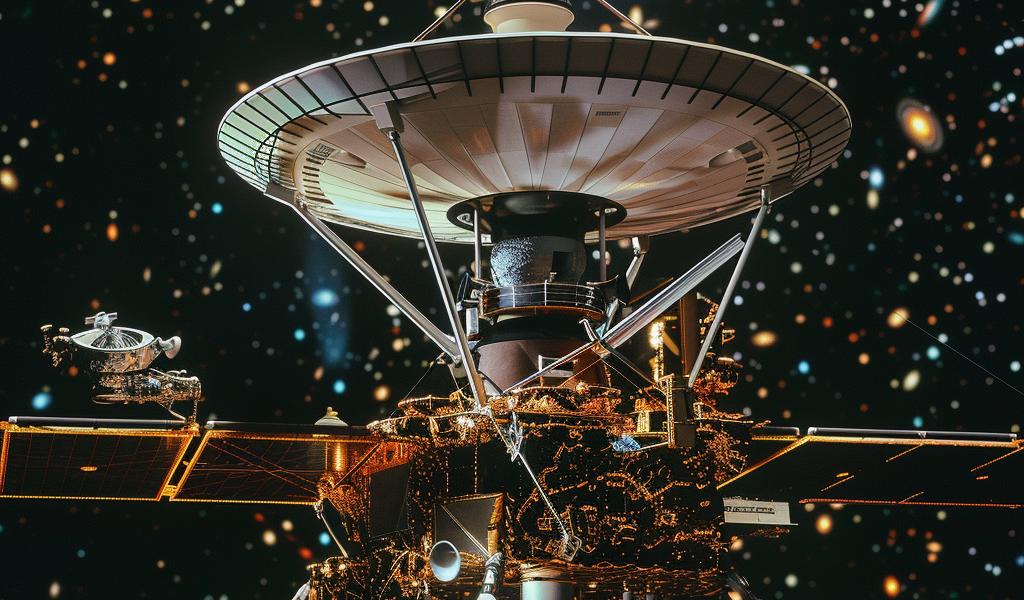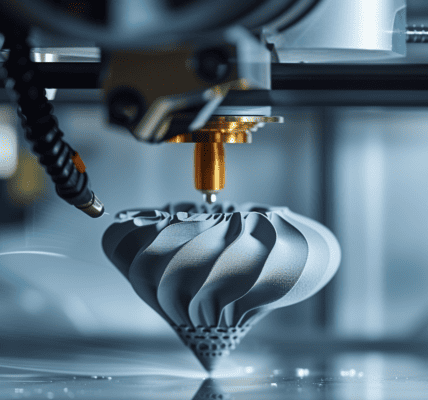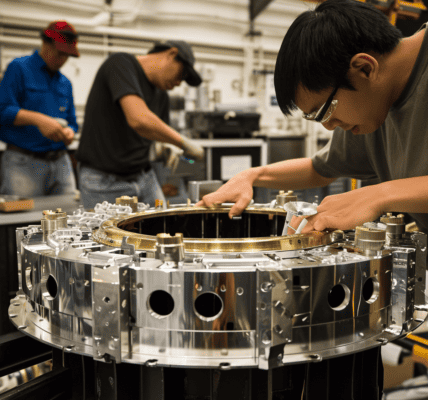NASA’s Voyager 1 spacecraft, the farthest human-made object from Earth, has triumphantly resumed full science operations after a technical glitch that caused communication issues in November 2023. The spacecraft, which is a remarkable 46 years old and located 15 billion miles away from Earth in interstellar space, faced a significant challenge when it started sending garbled data instead of its usual binary code signals.
The dedicated team behind Voyager 1 worked tirelessly to diagnose and rectify the problem. After pinpointing the malfunction to the flight data subsystem (FDS) and identifying the specific faulty chip, they successfully implemented a workaround. This led to the spacecraft transmitting clear and understandable data back to Earth from all four of its science instruments, marking a significant milestone in its ongoing mission.
Originally launched in 1977 with a primary mission to study Jupiter and Saturn, Voyager 1 has surpassed all expectations by venturing into interstellar space in 2012 and providing invaluable insights into this uncharted territory. Despite its age, Voyager 1’s resilience and the dedication of its team have ensured its continued success.
The recent reactivation of Voyager 1’s remaining two science instruments signifies a full restoration of its scientific capabilities, allowing it to resume its groundbreaking exploration of the cosmos. As NASA continues to fine-tune the spacecraft, Voyager 1 stands as a testament to human ingenuity and exploration, inspiring future generations of space enthusiasts.





